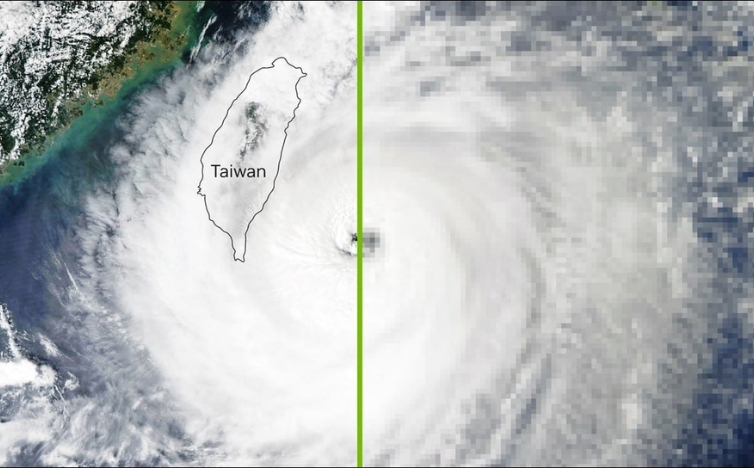As Tropical Storm Bebinca approaches northern Taiwan, weather experts are using a new tool to predict its path: artificial intelligence (AI). This AI-powered technology is helping forecasters track typhoons more accurately than traditional methods.
In July, AI-based weather models helped Taiwan predict the path of Typhoon Gaemi, the strongest storm in eight years. These models predicted a direct hit eight days before the storm made landfall, which outperformed older prediction methods.
Experts like Chia Hsin-sing from Taiwan’s Integrated Disaster Prevention Technology believe AI is making a significant difference. AI has been particularly useful in predicting typhoons in the western Pacific this year, improving accuracy by 20% over traditional methods.
The AI programs used include Nvidia’s FourCastNet, Google’s GraphCast, and Huawei’s Pangu-Weather. These tools analyze past weather data to predict future storm paths quickly. While AI is still improving in predicting other details like storm strength, it has already shown great promise in helping Taiwan stay prepared for typhoons.
AI is also being used to predict wave patterns along Taiwan’s coasts, with plans to expand this system by 2026. The Central Weather Administration (CWA) is partnering with research institutions to develop tools that can forecast rip currents, ensuring safer coastal activities.
Source: taipeitimes




